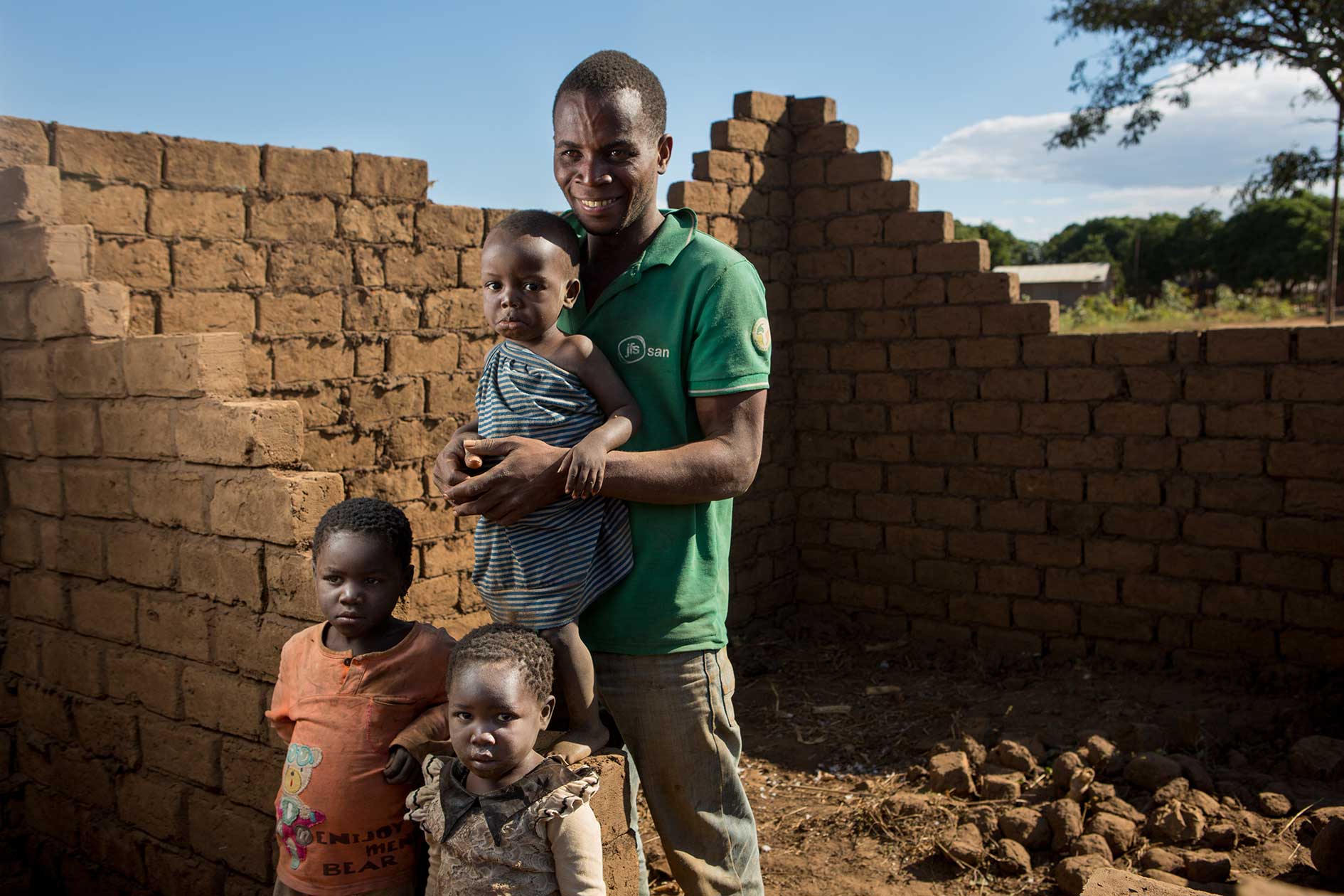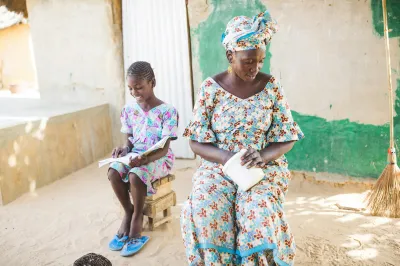2 Financial Services That Increase Smallholders’ Food Security
It is ironic that, although 34 percent of the world’s food supply comes from small farms less than 2 hectares in size, smallholder families often go hungry. Yet it is not uncommon for these families to lack the financial resources to overcome a gap in income due to a bad harvest. Instead, they cope by selling the few assets they have or decreasing their consumption of food and other essentials.

CGAP’s nationally representative surveys of smallholder households in Bangladesh, Côte d’Ivoire, Mozambique, Nigeria, Tanzania and Uganda confirm that smallholders are often unprepared to cope with shocks and income shortages. The surveys show that weather-related shocks pose the highest risk, with around 70 percent of smallholders saying weather had caused serious disruptions in their agricultural activities. Eighty percent had no plan to manage unexpected expenses arising from these shocks, and when shocks did hit them, a third of them had no specific response and suffered the consequences.
Fortunately, evidence shows that farmers with financial instruments like savings accounts and insurance use these instruments to protect them from inevitable setbacks.
Savings accounts decrease hunger
Savings products — whether physical lock boxes, commitment savings accounts or more sophisticated digital savings wallets — are surprisingly effective solutions. Survey data from 88 low- and middle-income countries showed that having a savings account decreases a person’s likelihood of food insecurity by 33 percent. Credit on its own increased food insecurity and payment services had no effect, but when combined with savings accounts, both decreased the likelihood of food insecurity.
Other studies reinforce these findings. In Nepal, for example, when female heads of households were equipped with no-fee basic savings accounts, they started saving around 8 percent of their weekly incomes, and their total monetary assets grew by 50 percent in one year. They used their savings to buy food when income was low, cover health expenditures and invest in their children’s education.
Yet another example comes from Côte d’Ivoire. Ivorian cocoa farmers earn up to 70 percent of their annual incomes during a four-month harvest season. During other parts of the year, more than 90 percent of farmers run out of money and go hungry. IFC and Mastercard Foundation research indicates a huge demand for savings products, showing that in 2017 alone nearly 14,000 cocoa farmers signed up for mobile savings wallets and saved around $600,000. The farmers who saved were just half as likely to have trouble feeding their families in the hungry season.
Insurance helps farmers manage production risks
Insurance products give farmers the confidence to invest in the high-quality seeds, fertilizers and productivity-enhancing technologies needed to increase their agricultural productivity and incomes. In Ghana, for instance, rainfall-indexed insurance led farmers to cultivate more maize, a lucrative crop that is highly sensitive to rainfall levels. Farmers invested 13 percent more in agriculture, expanded the area under maize cultivation by nearly 30 percent and saw their post-harvest incomes grow by 24 percent.
Similarly, when farmers in India were given insurance as part of a study, the share of land devoted to growing cash crops (groundnut and castor) increased by 4.7 percentage points, and the proportion of inputs used for cash crops increased by 3.4 percentage points. These studies indicate an unmet demand for insurance. When catastrophic risks like rainfall are covered, farmers are willing and able to come up with the resources and make riskier investments that yield higher returns.
Insurance payouts also help farmers cover their food consumption needs while protecting their livelihoods, assets and investments. In Kenya, an index-based livestock microinsurance scheme made poorer households 49 percentage points less likely to reduce their consumption during shocks. It also made better-off households 96 percentage points less likely to sell assets to cope with negative shocks.
Similarly, the World Food Program is helping smallholders in shock-prone areas of Malawi access weather insurance by integrating it with social protection programs. More than 7,000 farmers have received insurance payouts worth $400,000 through the program. Despite erratic weather over the past three years, farmers have remained food secure, increased their dietary diversity and no longer go hungry to cope with shocks.
A fertile space for new business models
Despite the myriad and well-documented benefits of insurance for smallholders, adoption remains low. Several reasons have been suggested, including a lack of affordability, unfamiliarity with the product, poorly designed or ill-suited products and a lack of trust in the insurance provider; however, none of them explains farmers’ reticence satisfactorily. Although innovations in weather-indexed insurance and technology-based agricultural insurance are emerging, it remains to be seen if they can scale successfully. We know insurance works for those who use it, but we still don’t know why so few use it.




Add new comment